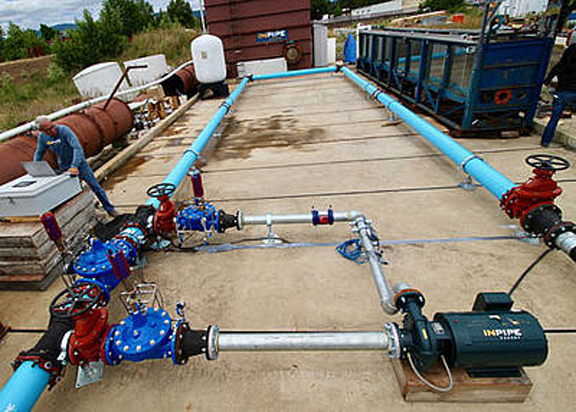
Image Credit: Oregon BEST
An Oregon startup has developed a system for converting the energy of water moving through large, underground lines into electricity and says the technology eventually may be used on a residential scale.
InPipe Energy’s system takes the place of conventional flow-control valves that are currently used by water agencies to regulate flow and water pressure. Gregg Semler, the company’s president and CEO, says the InPipe system uses a combination of software and hardware components to make electricity as it restricts water flow.
The company has built a full-scale prototype of the system and is now working with water agencies on pilot projects, Semler said. He hopes to make it commercially available in 2019.
Water systems use a lot of energy. According to Oregon BEST, an economic development agency that provided $250,000 in startup cash for the venture, the nation’s water infrastructure accounts for about 6% of all U.S. energy consumption. In California, that approaches 20% of the total because of the concentration of irrigation and food-processing needs. InPipe equipment could help offset some of that energy use.
A news release from Oregon BEST says that in its current form the technology can be used on pipes from 12 inches to 42 inches in diameter. In a city of about 60,000 people, with between 10 and 15 sites where the device could be installed on underground water lines, InPipe could produce enough electricity to power 200 homes.
Asked whether the technology is scalable for residential use, Semler said by email, “Eventually but right now we are focused on pipelines in cities factories and facilities.”
Pricing hasn’t been set, but Semler said the cost of electricity generated by InPipe devices would be “competitive with today’s energy prices.”
The idea is not new
Generating electricity from the flow of water through municipal water lines is not new. GBA senior editor Martin Holladay wrote about a company called Rentricity that developed in-pipe turbines in a 2003 article in Energy Design Update. The turbines, designed to harvest electricity from high-pressure water flowing through cold-water plumbing pipes, act like pressure reducing valves. According to a 2012 article in the New York Times, the city of New York at one point considered installing Rentricity turbines in its municipal water pipes.
In a market report published late last year, Transparency Market Research said a growing demand for in-pipe hydro has prompted a number of companies to enter the market. Key players are LucidEnergy, Leviatan Energy Hydroelectric LLC, Toshiba Corporation Power Systems & Services Co., and Xinda Green Energy Co., Limited, the report said.
It wasn’t clear how the technology under development by InPipe Energy is fundamentally different than products already on the market. Semler said only, “We are building a custom product.”
Weekly Newsletter
Get building science and energy efficiency advice, plus special offers, in your inbox.





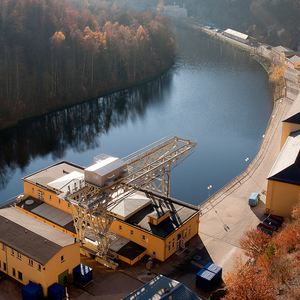
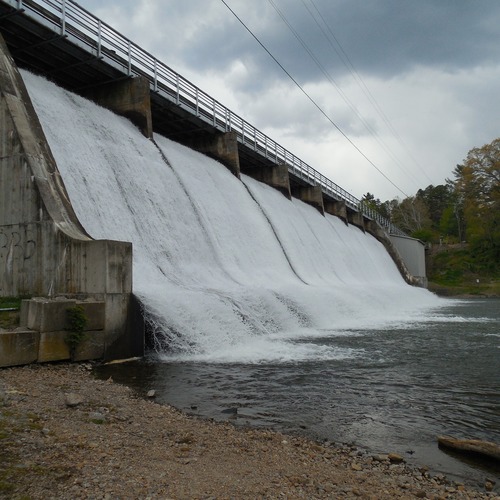
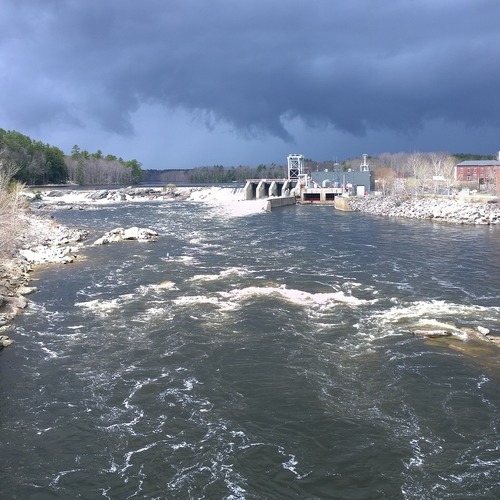
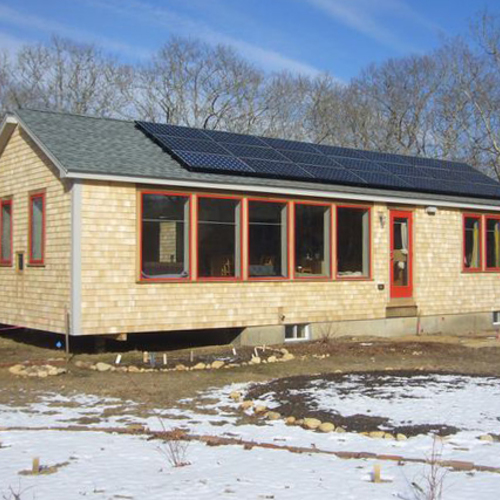






One Comment
I ran some sample numbers and
I ran some sample numbers and for a home, it wasn't significant. For example, maybe 30 watts while drawing 4 gpm.
Log in or create an account to post a comment.
Sign up Log in